Here’s a new one for you: Christopher Collins, founder of D Tour 313 on social media, reached out a few weeks ago with some really great and detailed information on a building we’ve all probably driven past a dozen times without noticing it. Turns out that white house at the corner of Jefferson and Van Dyke has quite the storied history. Chris generously offered to pen a guest post based on his original research. So, folks, if you’re going to quote this account, please give him all the credit and thanks!
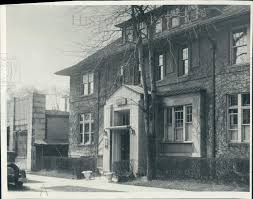
As the 1920’s drew to a close, Detroit’s underworld had grown powerful thanks in large part to Prohibition. The pursuit by the mob (whether it was the ruthless East Side Gang or the infamous Purple Gang) to create the most profitable environments to allow their patrons to comfortably drink booze and gamble was becoming a higher stakes game as competition grew fierce.
One notably establishment still standing today, overlooked by many, was the notorious Aniwa Club. Though only open for less than two years, it drew media (and the police’s) attention almost immediately after opening in February 1929.
Owned and operated by proprietor and underworld mobster Al Wertheimer (associate of the Purple Gang), it catered to Detroit and Grosse Pointe’s high society and wealthy business élite. Altogether it offered three floors of fine dining, cabaret entertainment and an orchestra for ambiance and dancing, but it was the gambling and smuggled-in booze that made it one of the most exclusive speakeasies in the city.
During one of the Aniwa Club’s first raids in March, 1929, various gambling paraphernalia as well a list of the distinguished members that patronized the club were confiscated. When word got out about the raid, both Detroit Police Commissioner William Rutledge and acting Mayor John C. Lodge were “besieged with requests from prominent men and women that the names not be made public.”* Rutledge made it known that he would only call on guests as witnesses if he deemed it necessary to prove the Aniwa was a gambling club.
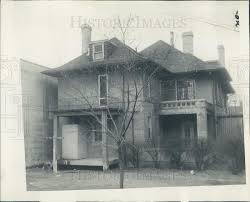
The building that housed the club was originally a residential mansion. After purchasing the building (which was built around 1910), Wertheimer remodeled it at a cost of $55,000–more than $750,000 in today’s dollars. The renovation was funded by the club’s future patrons, as a speakeasy, cabaret and gambling members-only establishment. After a number of raids, police inspectors discovered a blind door that operated by a push button. Behind this door, booze and gambling equipment could be quickly hidden and stored.
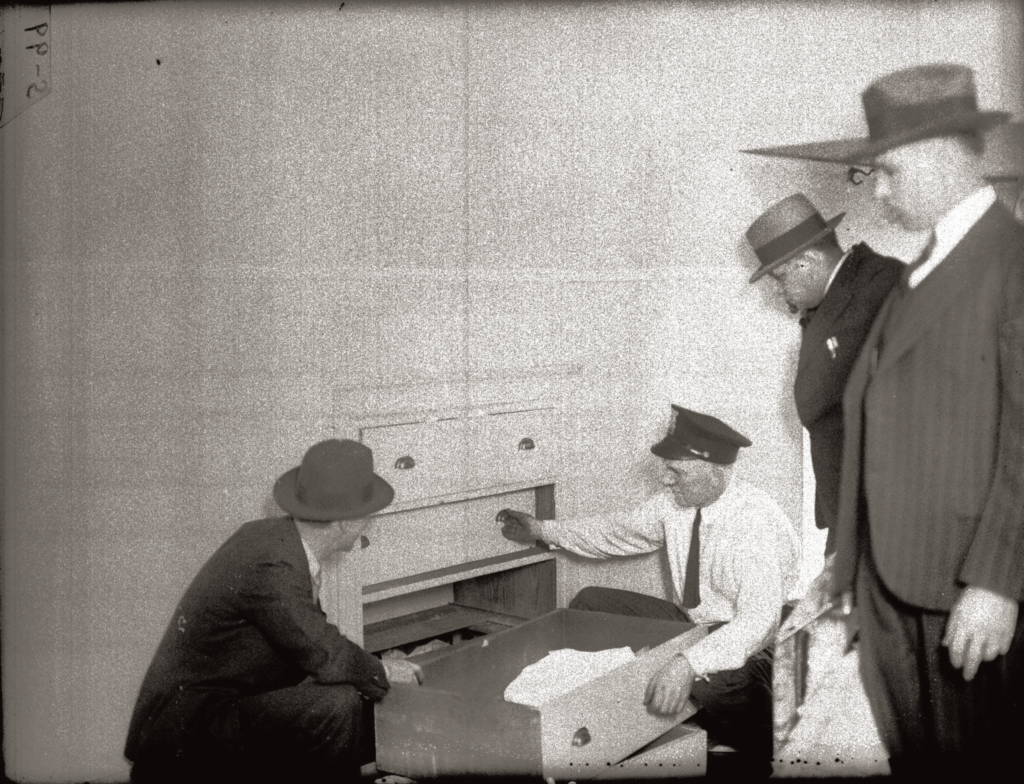
While on separate raids police discovered a hidden sliding panel on the first floor, which revealed a large stock of whisky. During another raid, they found pushed button on the molding of a framed picture which, when pressed, allowed a panel to slide over to show a compartment intended to hide roulette wheels. A small window behind the orchestra platform, possibly to observe guests, led to a room, but could only be entered from outside the building and could be used for alcohol and gambling storage and likely provided a quick getaway during a raid.
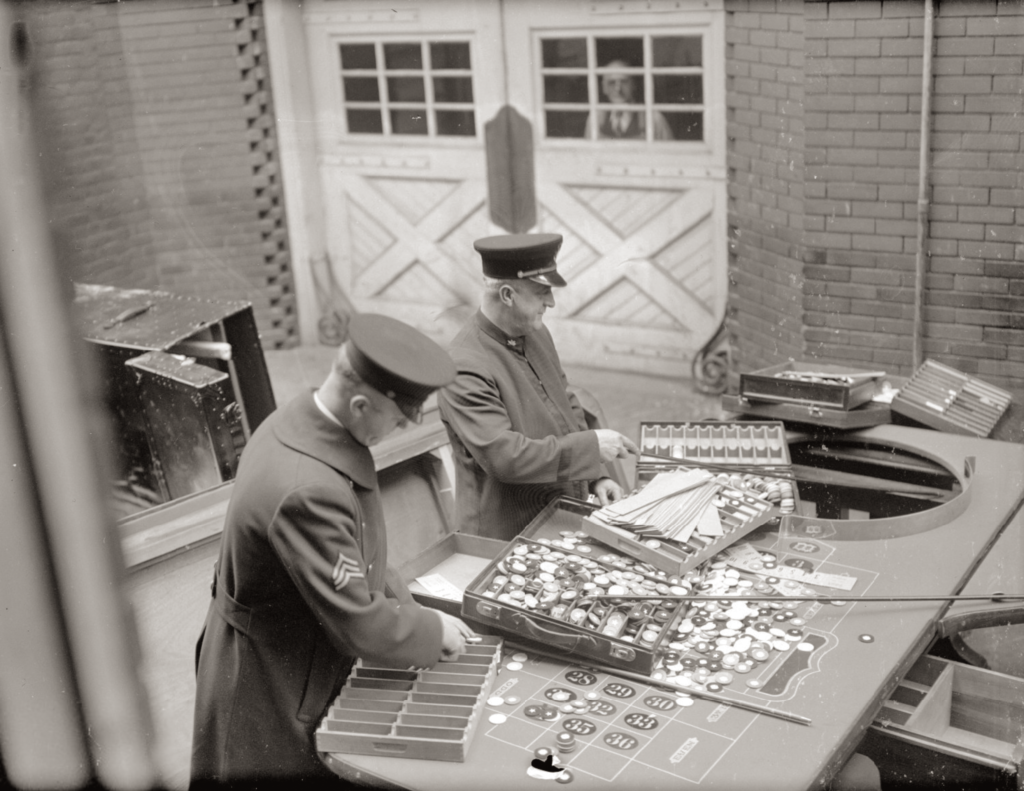
The Aniwa was shut down by Lodge in April 1929, only to reopen not long after by order of Police Commissioner Rutledge. Ostensibly the club was allowed to reopen under the verbal promise that club members Rutledge identified only as “this group of prominent citizens” would no longer gamble or drink. When gambling was discovered in a later raid, Lodge shut down the club yet again.
Not long after club members pleaded with Lodge to vouch for them, the Mayor obliged by saying:
These gentlemen are among the highest types of citizens. Why, I could take any one of them over to the bank and borrow large sums of money on their names alone. These men represent the best in the way of citizenship and their names can be found on the membership lists of the best clubs in Detroit.
Detroit Free Press, April 19, 1929 p. 2
But Lodge would go on to say the members would need to provide a letter with their signatures stating the club would be purely a social one and would not have gambling or alcohol on the premises.
By January 1930, Rutledge was out as Detroit Police Commissioner in a shakeup of the department. Instead, Mayor-elect Charles Bowles hand-picked Harold Emmons. At his appointment speech, Emmons said “Mayor Bowles has told me that he wants a nice, clean administration (Free Press, 4/19/1929).” The statement couldn’t be farther from the truth. Neither the Mayor nor the Police Commissioner would last the year.*
Police Commissioner Rutledge and Mayor Lodge never did make the members’ names public. The Club would remain closed until April 1930, months after Mayor Charles Bowles had taken office .
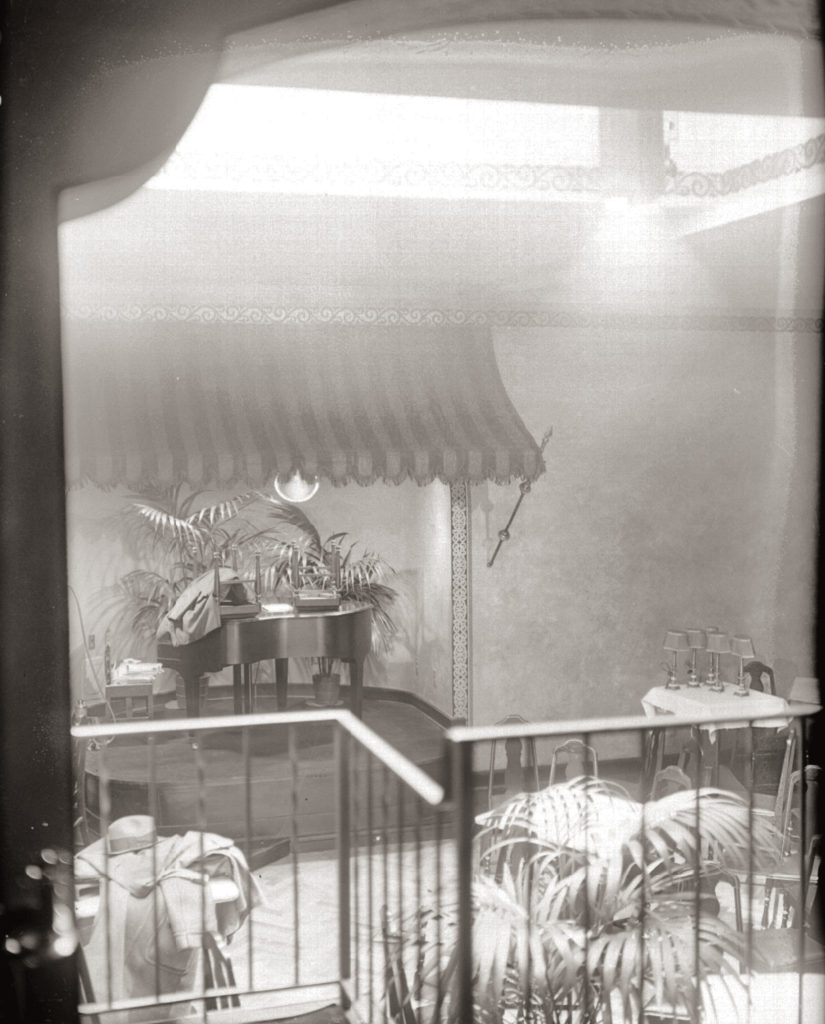
The Aniwa Club was slated to reopen on Saturday, April 12, 1930, with former proprietor Al Wertheimer’s name printed on the invitations. But Emmons, having spent months ridding the city’s underworld of gambling dens and speakeasies, put out an official order to indefinitely postpone the opening and any of its kind in the city of Detroit “as long as I’m police commissioner.” But it would be in vain. By Thursday, April 17 the Aniwa was open again, much to the delight of its wealthy patrons. And In a strange turn of events, beginning the following day, Friday April 18, Emmons would go mysteriously missing, being gone for over 10 days without contacting police headquarters. Police officials would not confirm his whereabouts, leaving the press and public guessing. It was later discovered he had left for a trip to California in the morning of the same day the Aniwa reopened. By April 26 the Aniwa Club had a new owner (prominent person’s name was withheld from the public) as well as new operating licenses courtesy of the Mayor.**
Later during the weekend of May 17th, while Mayor Bowles was out of town for the Kentucky Derby, Emmons ordered a city-wide raid on a number of gambling houses. By the time Bowles returned and got word of the Police Commissioner’s actions the Mayor immediately demanded Emmons tender his resignation. Not long after, the accusation of up to $80,000 (over $1.2M today) of Bowles’ 1929 mayoral campaign donations were made by known city gamblers and prior to leaving for the Kentucky Derby, Bowles himself said to Emmons that a concentrated drive on the city’s gambling houses would “ruin me politically”. Clearly the firing was in retaliation for Emmons’ actions and the mayor’s fear of his gambling base being shaken. Bowles named Thomas Wilcox as the new Police Commissioner, likely with the hope of Wilcox not ruffling the feathers of his high-profile underworld supporters.
By September, Frank Murphy would take office as Mayor, replacing the recalled and corrupt Bowles. Thomas Wilcox would keep his job as Police Commissioner and continued his raids on the city’s vice dens (blind pigs, speakeasies, disorderly houses and gambling joints). When asked about the Aniwa Club, he replied
When the general order was sent out to close down the town, we knocked that off. It’s running now, but only food is served. As long as it obeys the law, we can’t touch it, but if we find liquor or gambling, we’ll knock it off again. We have officers who make a daily inspection there.
Detroit Free Press, 9/27/1930
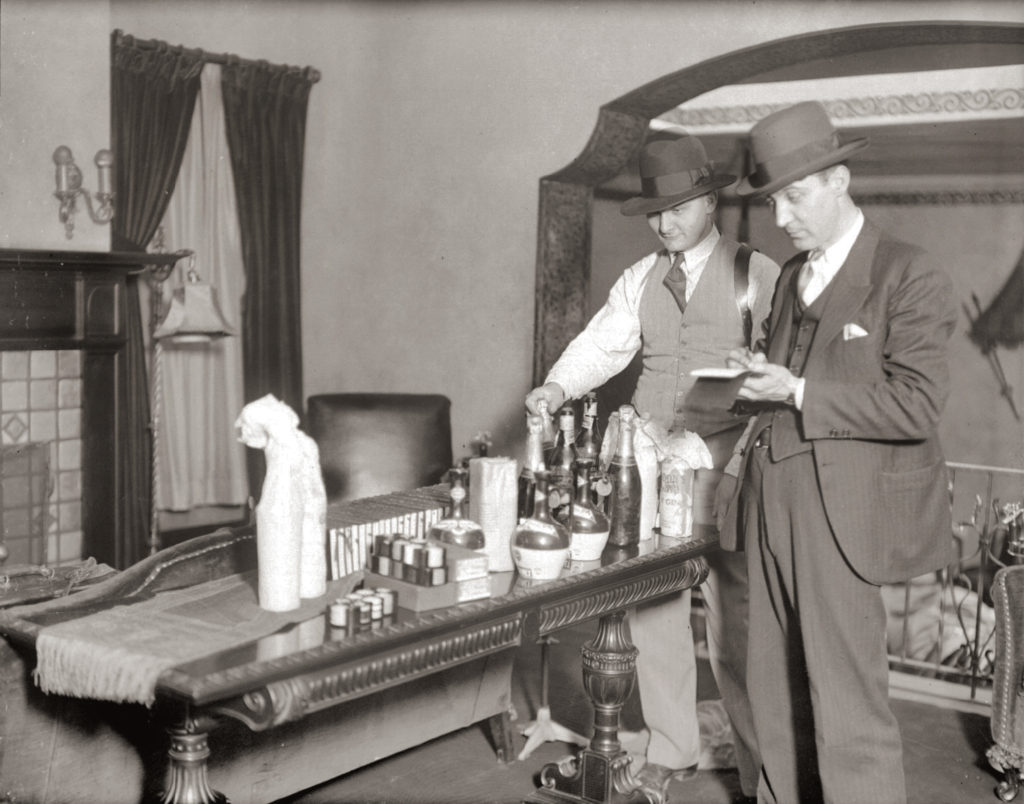
On the afternoon of Wednesday, November 5, 1930 the Aniwa Club was raided for the final time at the request of Mayor Murphy and carried out by Police Commissioner Wilcox. It was purposely done in the afternoon when none of the club’s prominent patrons would be expected in the gambling rooms, allowing officers to search for gambling paraphernalia and booze on the premises. The intent was to gather enough evidence to shut down the club for good. While no liquor was found, there was enough proof of gambling to close the Aniwa down. Following the raid the Police Commissioner went straight to the Mayor’s office to hand him a seized list of the Aniwa’s Club’s members, names of the wealthy businessman, recognized as leaders in finance, industry and mercantile businesses.
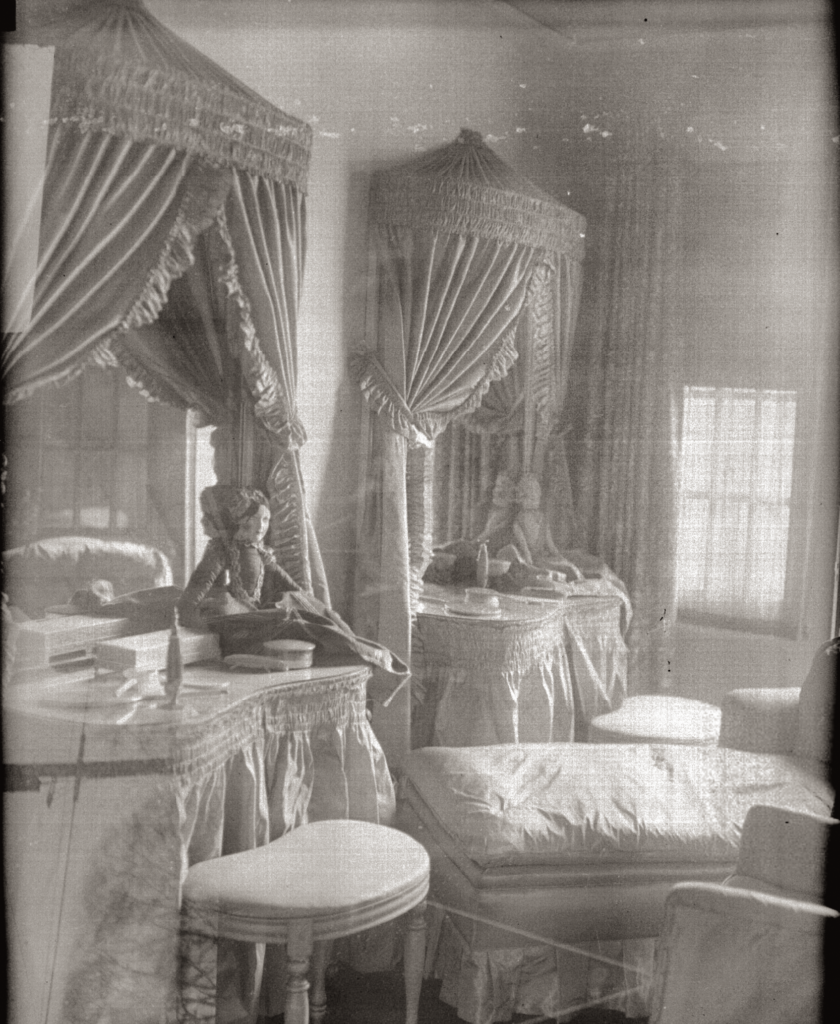
At a press conference not long afterward, Murphy mentioned he might make the list of names public, adding *“I expect to find it very interesting.” As he discussed the raid with the press, it was revealed that Detroit newspapers already had a fairly complete list of patrons who had visited the Aniwa, having obtained the names by tracing the license plate numbers of those who drove up to the club entrance on Van Dyke.
Murphy termed the club “a ‘monument’ to the control which gamblers have exercised over the city government, and stated that he had instructed Wilcox to see that no gambling establishment is operated in Detroit. (Detroit Free Press, 11/6/1930)” The building would remain closed until Nov. 17, when Murphy revoked the cigarette, restaurant and cabaret licenses Bowles had issued months before, effectively ending the life of one of the most notorious and mysterious Prohibition-era clubs Detroit has ever seen.

Al Wertheimer, knowing his speakeasy/gambling days were long over in Detroit, moved out west to the sunny skies of Palm Springs, California, opening his first of many of gambling resorts in 1936 with the Dunes Club. Al and his brothers, Lou and Mert, would go on to open bigger and more impressive resorts in Miami, Cleveland and Reno, Nevada. Al passed away in Los Angles in June 1953. He was remembered for his gambling exploits across the U.S., but it was the Aniwa and his other Prohibition-era clubs in Detroit that started his storied career.

Photo from the Dunes Club showing Wertheimer (second from left) and friends. Photo Courtesy Palm Beach Historical Society.
Many thanks to Christopher J. Collins for this post!
*Mayor John C. Lodge had a lengthy and deserved reputation as a crime-fighter. For much of the early 20th century, Lodge got called in to clean up the messes left by corrupt officials.
**Later during the weekend of May 17th, while Mayor Bowles was out of town for the Kentucky Derby, Emmons ordered a city-wide raid on a number of gambling houses. By the time Bowles returned and got word of the Police Commissioner’s actions the Mayor immediately demanded that Emmons tender his resignation. Not long after, the accusation that up to $80,000 (over $1.2M today) of Bowles’ 1929 mayoral campaign donations were made by known city gamblers and prior to leaving for the Kentucky Derby, Bowles himself said to Emmons that a concentrated drive on the city’s gambling houses would “ruin me politically”. Clearly the firing was in retaliation of Emmons’ actions and the mayor’s fear of his gambling base being shaken. Bowles would name Thomas Wilcox as the new Police Commissioner, likely to hoping Wilcox would not ruffle the feathers of his underworld supporters.
UPDATE: The building still exists, and is slated for redevelopment in the next couple of years. Great news–the structure will remain, and maybe some lucky reader will get to be a tenant of one of the apartments! Check out this article from Crain’s Detroit Business on development plans for the corner.
Be First to Comment